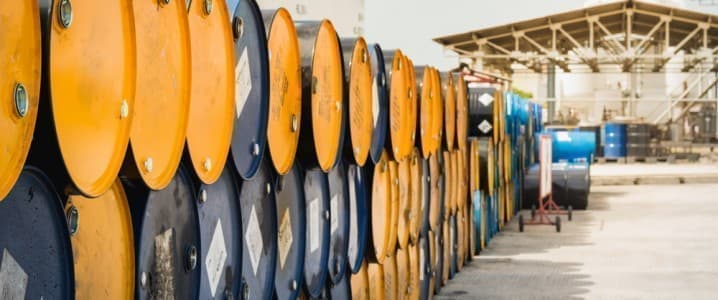
The price for natural gas in the U.S. is up 25% over the past week, largely as a result of Europe’s thirst for the commodity now creating shortages in Asia and other parts of the world. We see daily reports of supply shortages impacting key minerals like copper, lithium, as well as commodities like steel and aluminum, all of which are critical elements for facilitating supplies of fossil fuels and renewables.
The situation has become so dire that it prompted Jeff Currie, global head of commodities research at Goldman Sachs, to warn on Monday that “I’ve been doing this 30 years and I’ve never seen markets like this...This is a molecule crisis. We’re out of everything, I don’t care if it’s oil, gas, coal, copper, aluminum, you name it we’re out of it.” In January, Currie warned that oil prices could rise above $100 per barrel by summer due to the tight market. With prices already approaching that level in mid-February, it now seems he was being overly optimistic.
On top of all these mineral shortages, it seems the domestic U.S. oil and gas industry can now add frac sand to its list of materials in low supply. Reuters reported Tuesday that drillers in the Permian Basin and elsewhere are experiencing difficulties in obtaining enough of the stuff to keep their fracking programs moving ahead according to plan.
"We can't get enough sand,” the story quotes Michael Oestmann, CEO of Permian operator Tall City Exploration as saying, “We're running less than the number of (fracking) stages we could pump in a day because we've run out of sand every day. Ultimately it will slow everyone down if it doesn't resolve itself."
Rystad Energy said that spot prices for quality frac sand are now between $50 and $70 a ton, 2 to 3 times the price drillers were paying in 2021. Rystad Researcher Artem Abramov speculated that tight supplies will probably push sand prices higher in the coming weeks and months.
Rising oil prices have led many, including the U.S. Energy Information Administration (EIA), to predict that the U.S. industry will be able to grow domestic oil production by as much as 1 million barrels per day during 2021. But a shortage of frac sand, if it lingers, would likely put a damper on such speculation. The U.S. is, along with Saudi Arabia and the United Arab Emirates, one of a handful of big oil-producing nations with current capacity to significantly grow production in the face of exploding oil demand. If its future growth were to be limited by a shortage of frac sand, among other limiters like ESG investors and the Biden administration’s efforts, it would have global consequences.
The growing shortages of all these commodities, whether they be fossil fuels or key minerals needed to facilitate the expansion of renewables and electric vehicles, threaten to interrupt the advance of the global agenda surrounding the “energy transition.” The simple reality is that the production of wind towers, solar panels, and EVs consumes a vast amount of energy generated by coal and natural gas. The world today cannot produce adequate supplies of one without having plentiful and affordable supplies of the other. Unfortunately, it is a reality that proponents of the transition have failed to adequately consider as they have worked so hard to constrain those fossil fuel industries in recent years. That failure to properly plan is one of the main reasons why the world has suffered such a staggering rise in energy costs over the past year.
These higher, increasingly punitive costs for energy took years to form, and they will take years to resolve if indeed any such resolution is to be had. In the meantime, consumers will pay the price for all the ill-considered decisions their policymakers have made on their behalf.
By David Blackmon for Oilprice.com